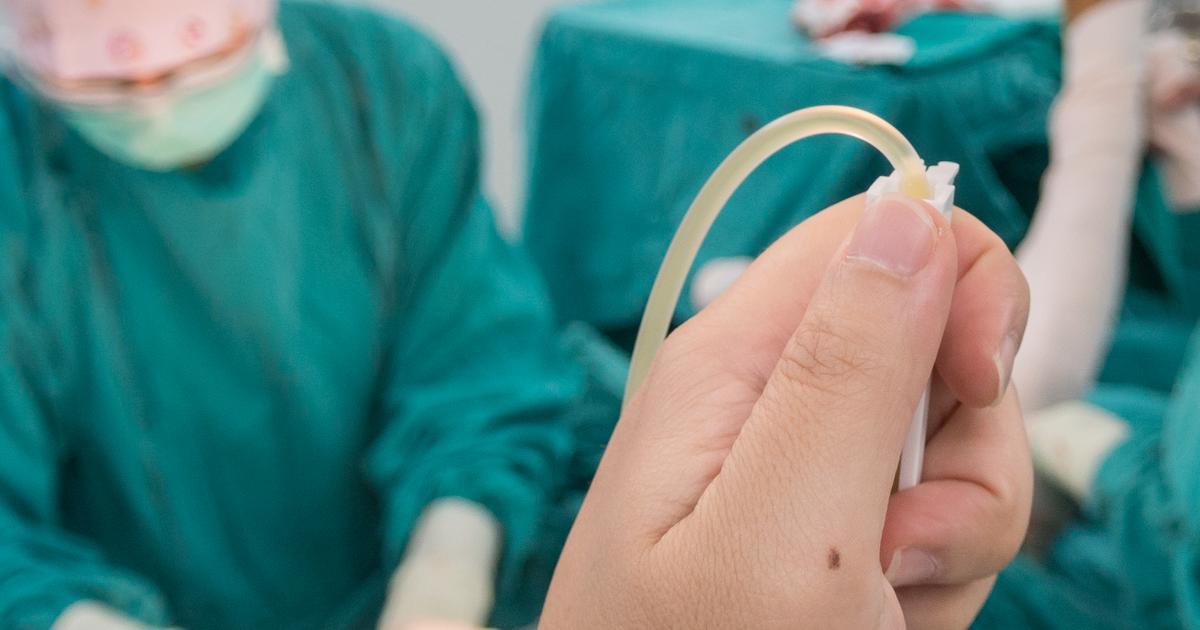Guide To Making A Bone Marrow Donation
Preparing For A Bone Marrow Donation
Once a donor has been confirmed, the preparation process will depend on the exact type of donation that is to be made. Doctors will choose the donation method most appropriate for the patient's needs. Currently, a bone marrow donation method known as peripheral blood stem cell collection is the most commonly used donation method. To prepare for this type of donation, donors are given daily injections for the five days immediately before the donation itself. The injections usually contain filgrastim, a medicine that increases the number of blood-forming cells in the donor's bloodstream. Some donors may also need to receive injections of granulocyte colony-stimulating factor (G-CSF) to stimulate the growth of white blood cells. As with filgrastim injections, the G-CSF injections are given over the five-day period that precedes the donation. Each G-CSF injection takes approximately five minutes to complete. Bone marrow harvest procedures are completed with general anesthesia. To prepare for this donation method, donors may need to have pre-op tests such as bloodwork and an electrocardiogram to ensure they are healthy enough for surgery. It may be necessary to stop taking certain medicines a few days or weeks before the operation.
Learn more about how the procedure works now.
How The Procedure Works

During peripheral blood stem cell collection, a needle is placed in each of the patient's arms. The needles are connected to tubes. The first tube removes blood from the patient and transports it into a machine that separates different types of blood-forming cells. After passing through the machine, the blood is returned to the patient through the second tube. The entire process takes around three hours, and donors may need to return on a second day to repeat the procedure. Patients might feel some discomfort while needles are placed, and headaches and bone tenderness are other potential side effects. Individuals who are donating bone marrow through a bone marrow harvest will have an operation under general anesthesia. During the operation, doctors will use needles to withdraw liquid marrow from the back of the patient's pelvic bone. Donors are normally able to go home on the same day. Patients may experience headaches, nausea, and fatigue due to the anesthesia, and temporary bruising and soreness in the lower back are common.
Discover what recovery from a donation looks like next.
